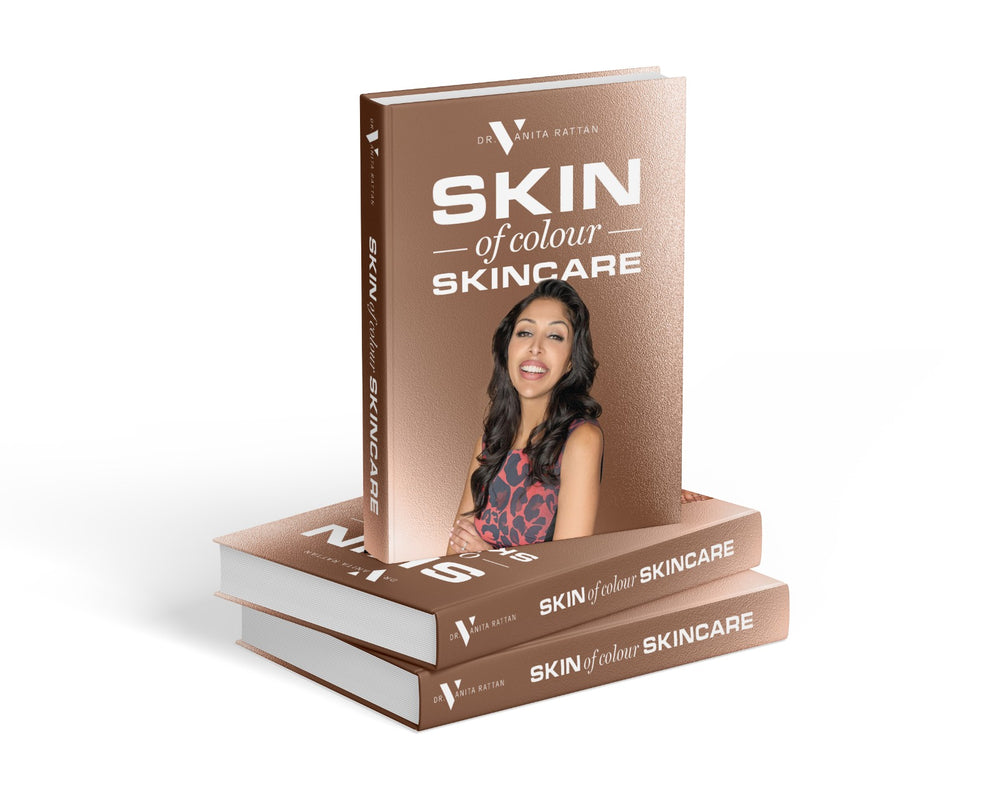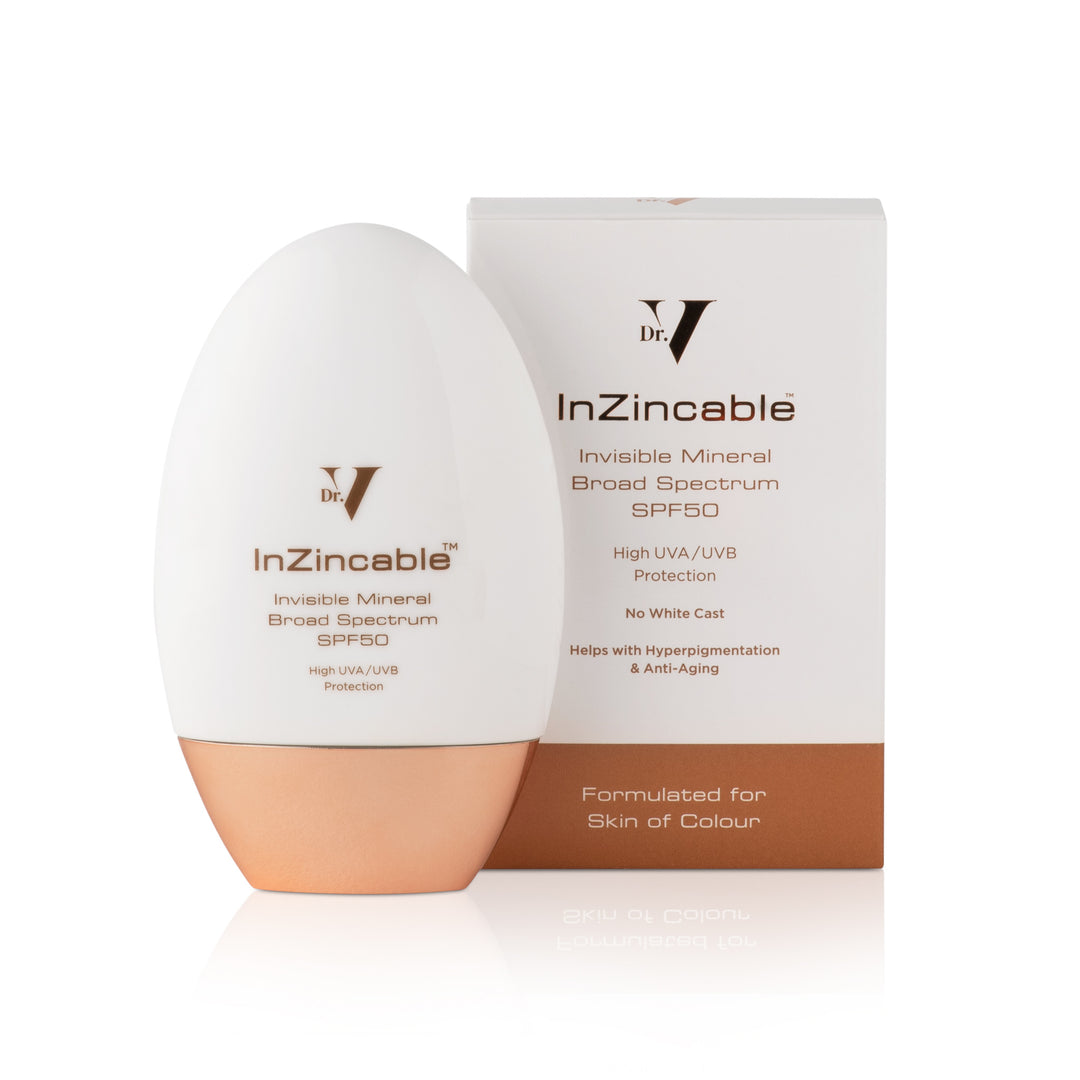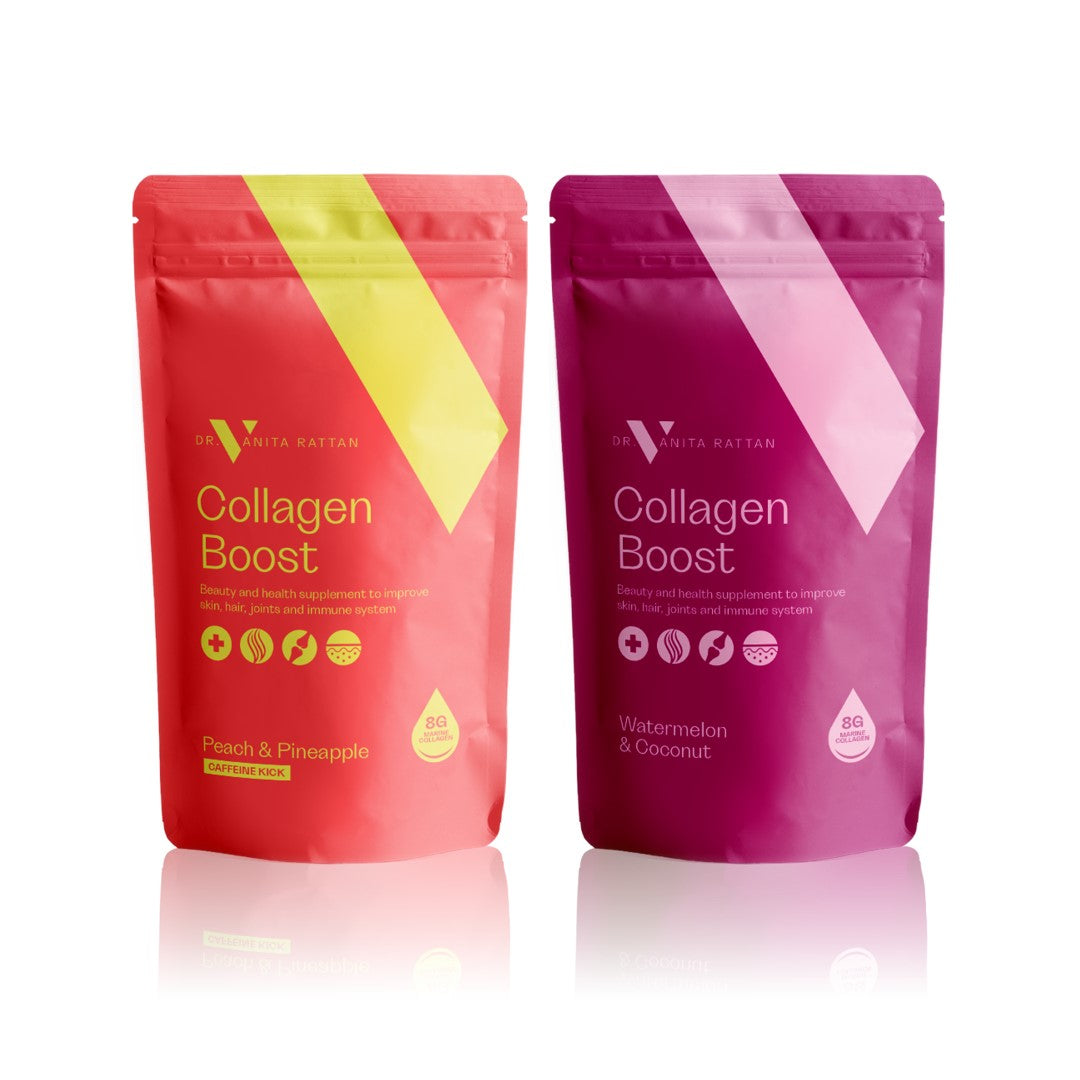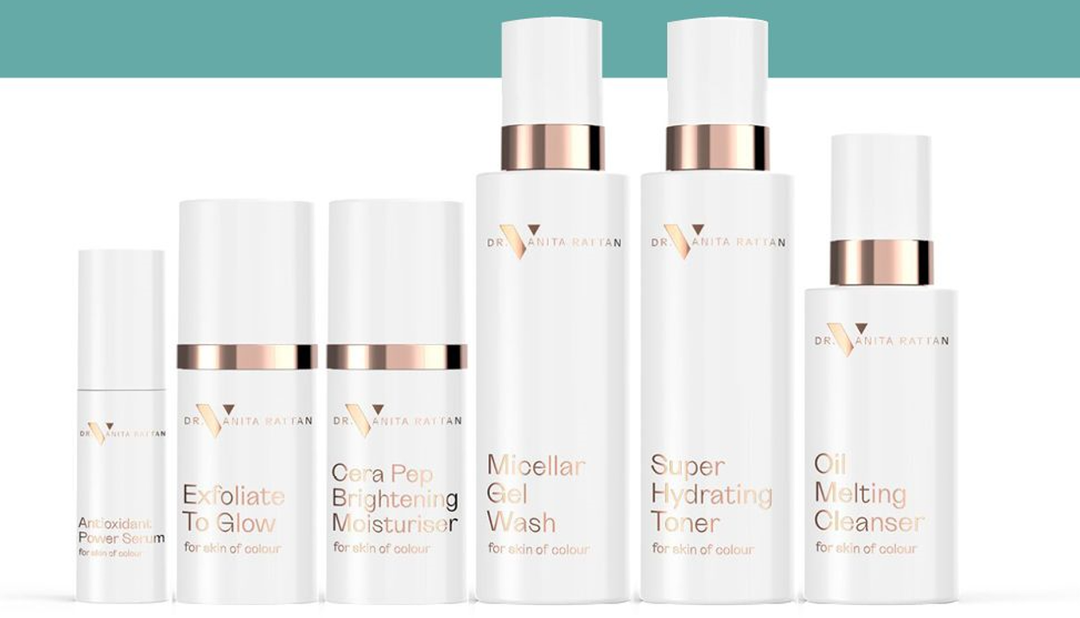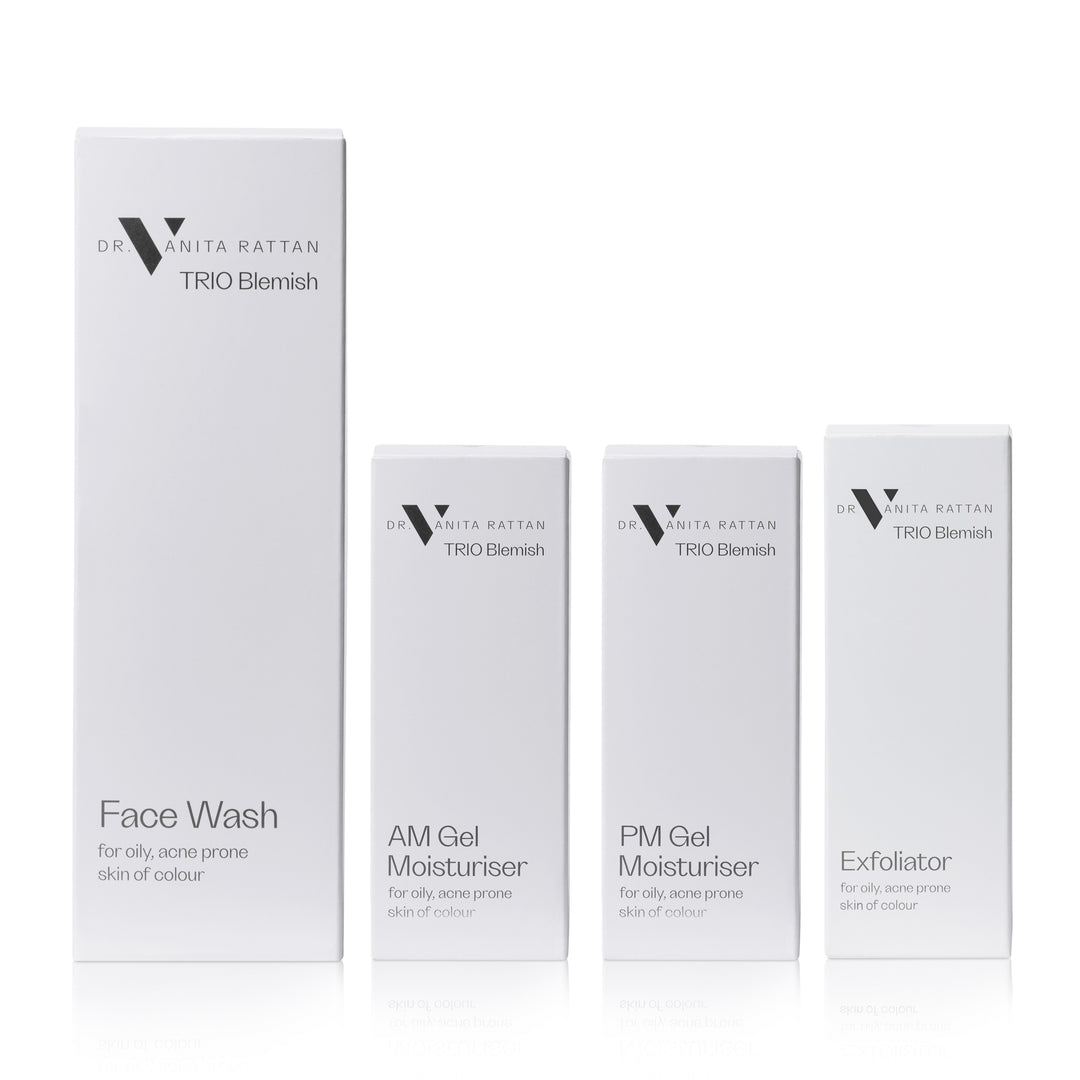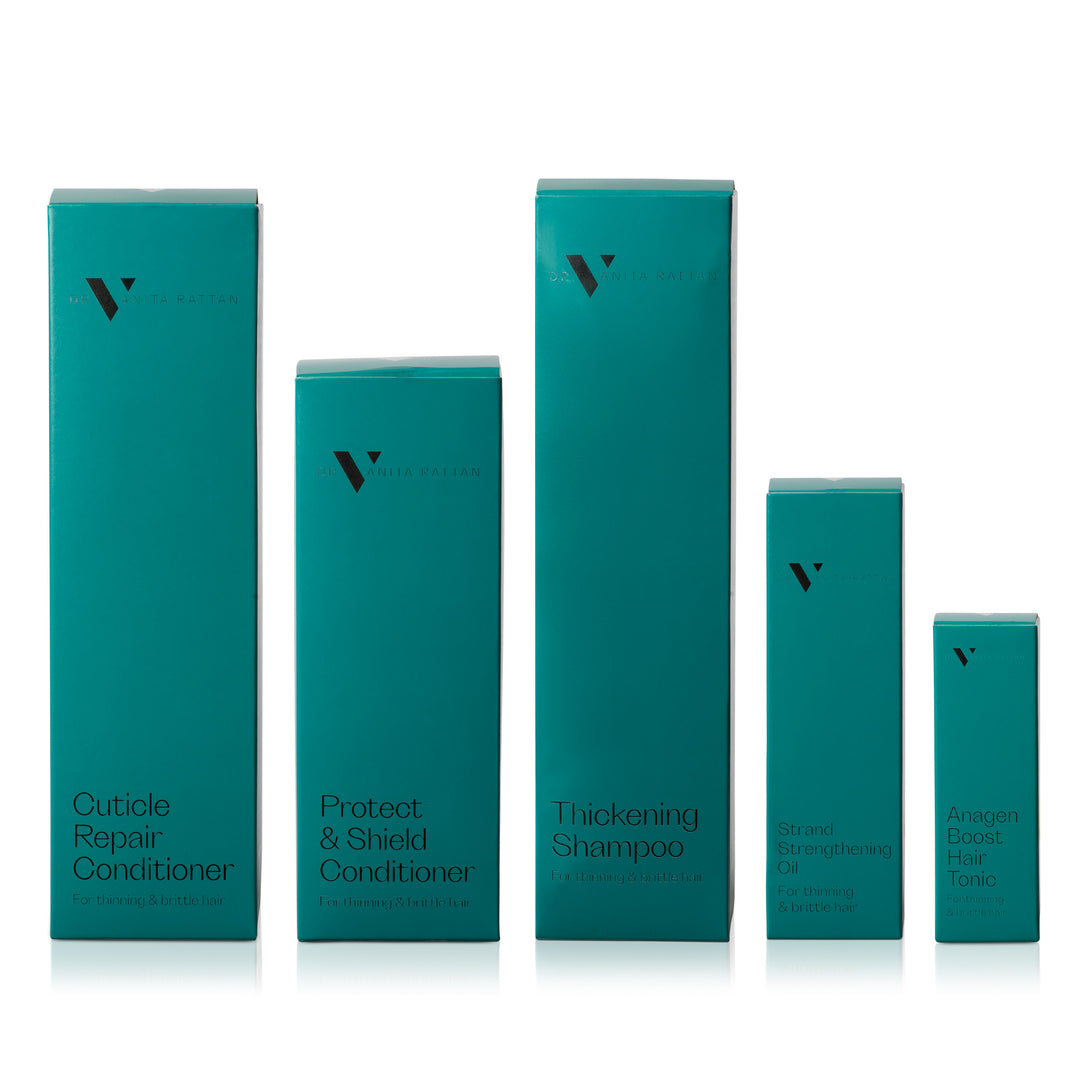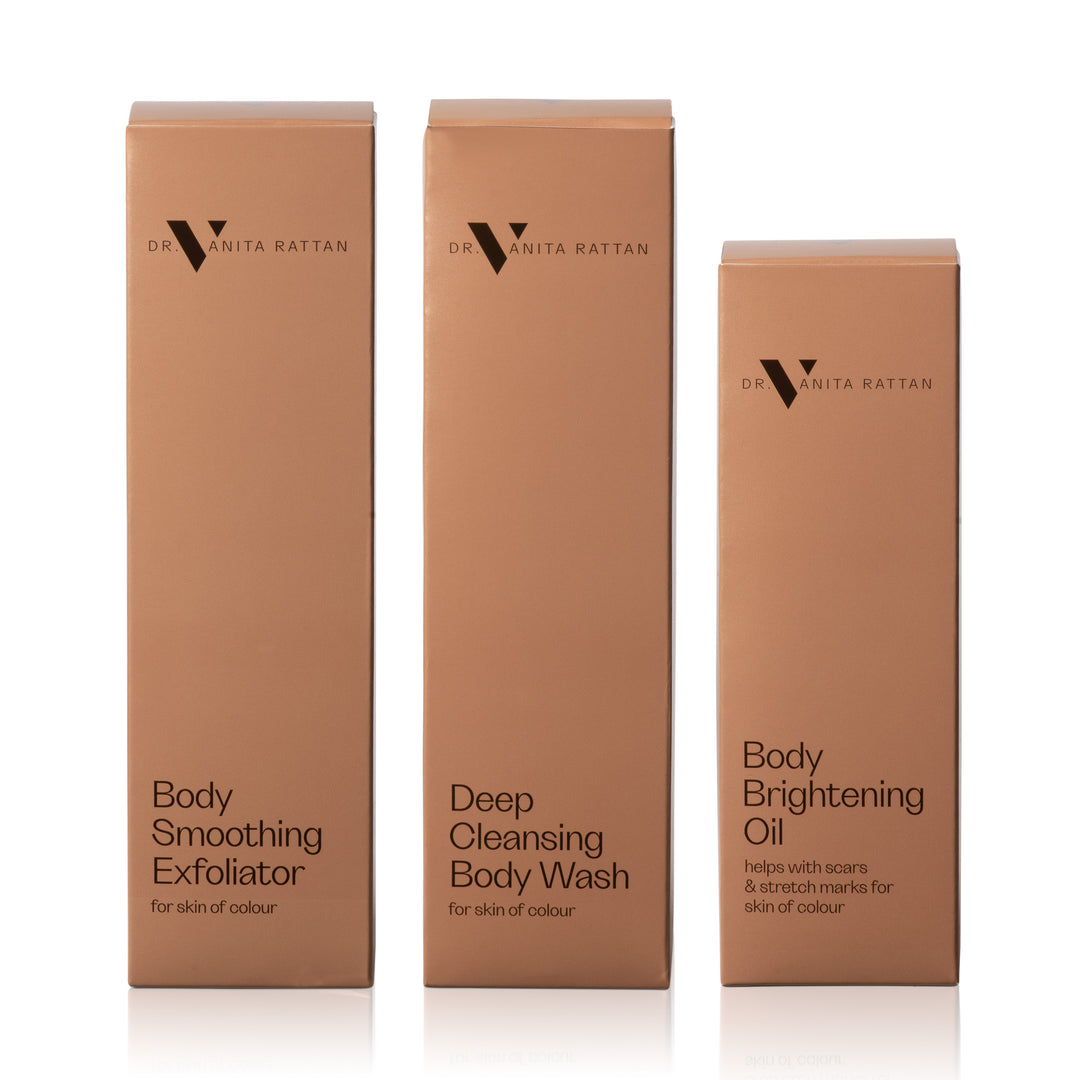What is Kojic Acid and can it really help my hyperpigmentation?
Kojic acid is produced from the fermentation process of malting rice. In skincare, it works by blocking the amino acid tyrosine from forming, which is needed for melanin production. Therefore, kojic acid is known for its skin-brightening properties, especially on sun-induced and post-inflammatory hyperpigmentation.
By incorporating this acid into your skincare routine, it’s possible to prevent dark spots from forming and fade existing hyperpigmentation for a more even skin tone. In this blog post, I’ll answer your questions around kojic acid and what it can do for your skin.
How effective is Kojic acid in treating hyperpigmentation or other skin issues?
Kojic acid's efficacy in treating hyperpigmentation and other skin issues is well-established through medical research and animal studies. It can calm down the overproduction of melanin, making it useful for addressing hyperpigmentation caused by acne marks or sun damage. Beyond this, kojic acid also serves as an antioxidant to neutralise free radicals that contribute to skin dullness, redness, and premature fine lines.
As well as its brightening properties, kojic acid is anti-microbial and anti-inflammatory. This dual functionality sets it apart, especially for individuals dealing with acne issues caused by bacteria in the skin. Unlike many other acids, kojic acid not only aids in combating acne but can lighten acne scars that haven’t faded yet.
Are there any potential side effects or risks associated with the use of Kojic acid?
While kojic acid has numerous benefits, it is an unstable ingredient which poses a challenge when formulating skincare. Exposure to air and sunlight can alter its colour and cause kojic acid to lose its effectiveness. For a more stable alternative, I prefer to use kojic dipalmitate which is a derivative of kojic acid. This form is less prone to oxidation and doesn’t undergo the same colour changes or degradation when exposed to air or sunlight. Kojic dipalmitate is generally regarded as the milder option, making it more suitable for individuals with sensitive skin. This is a better alternative for those who may experience irritation from using kojic acid in high concentrations or over an extended period.
Are there any ingredients that should be avoided when using Kojic acid?
Kojic acid itself already has exfoliating properties as it helps to promote cell turnover and remove dead skin cells. Combining it with other exfoliants, such as alpha hydroxy acids (AHAs) or beta hydroxy acids (BHAs), might lead to an overstimulation of exfoliation, potentially causing irritation or sensitivity.
Products containing denatured alcohol should be avoided in skincare, and especially when using kojic acid. Denatured alcohol has a drying effect on the skin, and when combined with kojic acid, it can exacerbate dryness and lead to irritation.
Can individuals with sensitive skin use products containing Kojic acid?
For sensitive skin or skin of colour, I would recommend opting for kojic acid dipalmitate as it is less sensitising. As with all ingredients, always do a patch test and look for redness or irritation up to 24 hours after testing. Additionally, consistent sunscreen application is essential to protect the skin, especially when using ingredients that may increase sensitivity.
Are there specific formulations or products that are more effective?
For the best results, I would recommend using kojic acid in concentrations ranging from 1-4%, and introducing it into your skincare routine slowly. This ensures a balance between efficacy and minimises the risk of potential dryness, redness, or irritation from high concentrations.
In 2021, I formulated the Facial Pigmentation Kit, a multiple tyrosinase inhibitor cream treatment for localised hyperpigmentation on facial areas. This kit is effective for treating hyperpigmentation that has developed over time from UV and other damage, including melasma and age spots.
Packed with 9 tyrosinase inhibitors, including kojic acid dipalmitate, it has been formulated with antioxidants and anti-inflammatories for all facial hyperpigmentation concerns. Importantly, this product is ‘NAFE SAFE’ and therefore contains no denatured alcohol, fragrance, essential oils, or irritants that could dry out the skin whilst treating hyperpigmentation.
By Dr Vanita Rattan, Oct 2024


